The Peruvian Amazon fisheries region centers on the Amazon River, Marañón River, and Ucayali River. Fisheries data are available for Iquitos, Pucallpa and several smaller cities.
The population of this region is almost one and a half million and total fishery catch is about 35,000 tons. The department of Loreto accounts for 80% of the total catch of the Peruvian Amazon fisheries region. All landings are made in public ports.
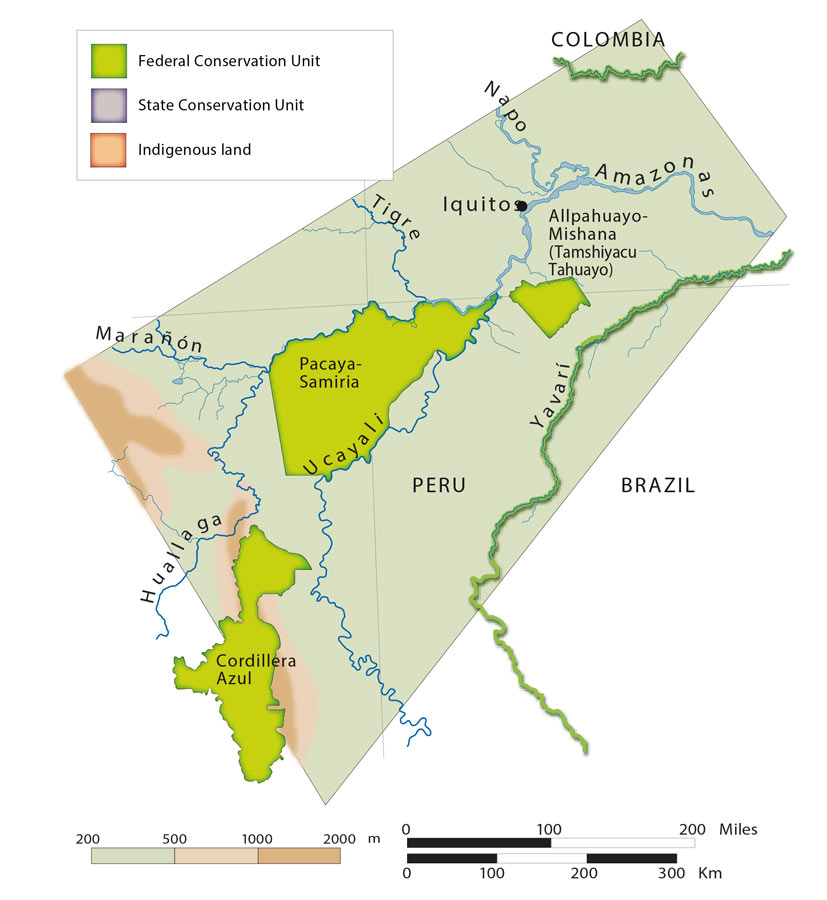
The Peruvian Amazon fisheries region is the third most populated fisheries region in the Amazon. Iquitos (Amazon River), Pucallpa (Ucayali River) and Yurimaguas (Huallaga River) are the largest cities. Fishing fleets from these cities have boats that can carry up to seven tons of ice. Gill nets and seines are the most important gear used. Although fishing boats are crude compared to those of Brazilian urban fleets, they nevertheless can remain away from port with ice for about 30 days. Ice is usually maintained under a thick layer of rice husks.
Iquitos, with at least 400,000 people and the capital of the department of Loreto, accounts for approximately half of total potential fish catch of the region. There are few refrigeration facilities in Iquitos and most fish is sold fresh. Some fish is exported by planes without ice from Iquitos to Andean cities. Pucallpa, with at least 200,000 people, is located on the left margin of the Ucayali River and is also the capital of the department of Ucayali. The potential catch in the department of Ucayali represents 19% of that of the Peruvian Amazon fisheries region. Most fish exported from Pucallpa is destined for Andean cities. Yurimaguas, with a population of 63,000 accounts for 6% of the fisheries catch of the Peruvian region. Yurimaguas is connected by road to Tarapoto, the capital of the department of San Martín and fish is exported to that urban center and other Andean cities.
The total potential yield of the Peruvian Amazon is based on 16 species that represent 90% of total catches. Detritus-feeding fishes are the most important species, especially boquichico and llambina, and their yields represent more than 60% of the region’s total. Doncella is the third most important species (4%) and the main predator in terms of fish yield.
Annual yields of boquichico and llambina have apparently fluctuated radically in the department of Loreto. Boquichico yields peaked in 1988 (8,500 tons) and 1994 (10,300 tons), but between those extremes years yields fell to less than 1,000 tons.
Branquinha species reached maximum yields in 1993 (8,500 tons) and replaced declines in curimatã in local markets. Once curimatã yields increased, branquinha catches again declined.
-
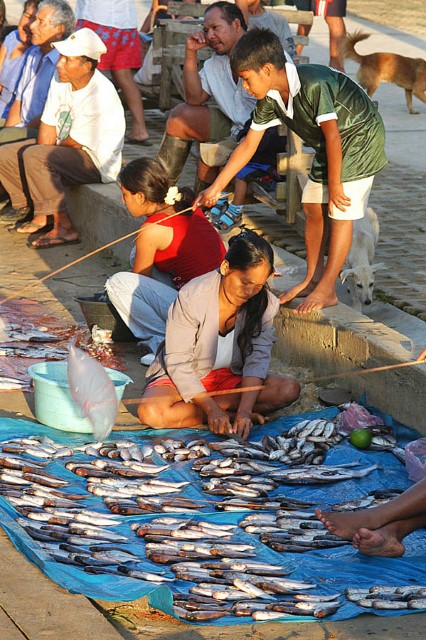
Amazonía Peruana 1
Photographer: Walter Wust
-
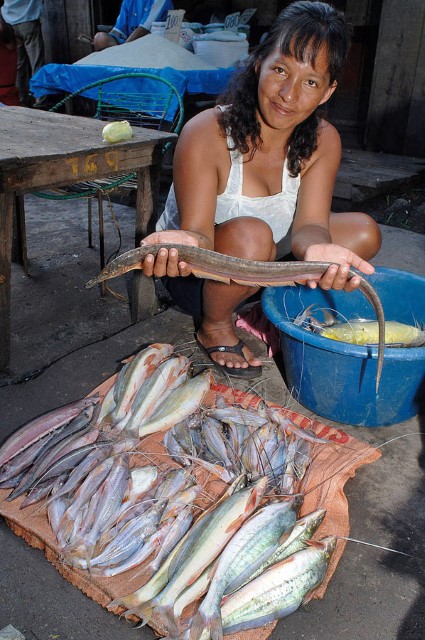
Amazonía Peruana 2
Photographer: Walter Wust
-
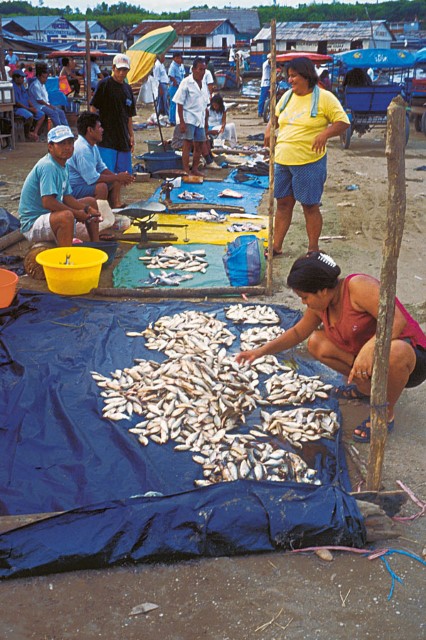
Amazonía Peruana 5
Peruvian Amazon fish markets often lack refrigeration and spoilage rates are high. Department – Country: Ucayali – Peru Main Basin – Sub Basin: Ucayali – Ucayali Main Stem Photographer: Michael Goulding
-
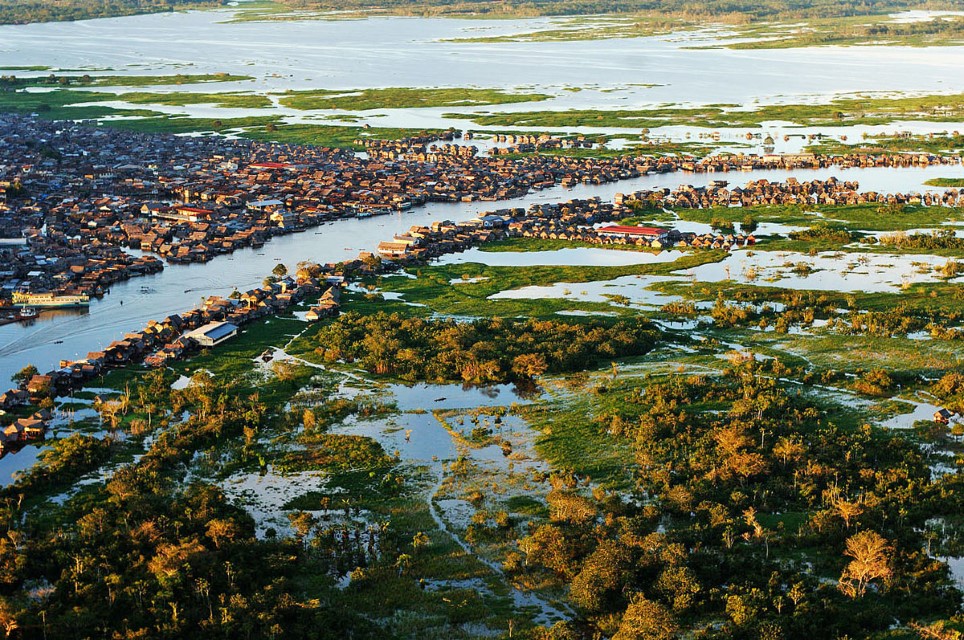
Amazonía Peruana 3
Photographer: Walter Wust
-
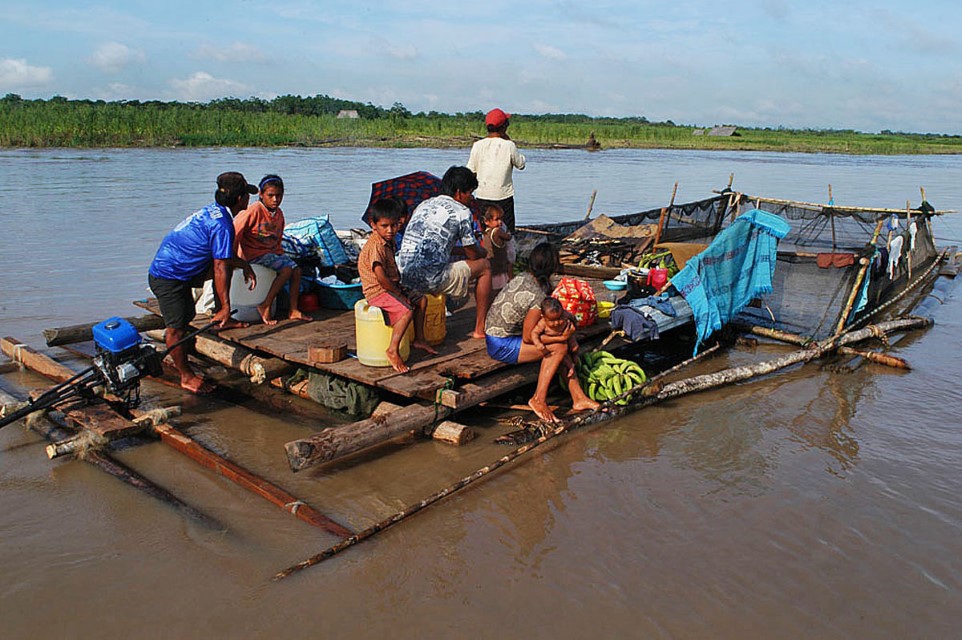
Amazonía Peruana 4
Photographer: Walter Wust
-
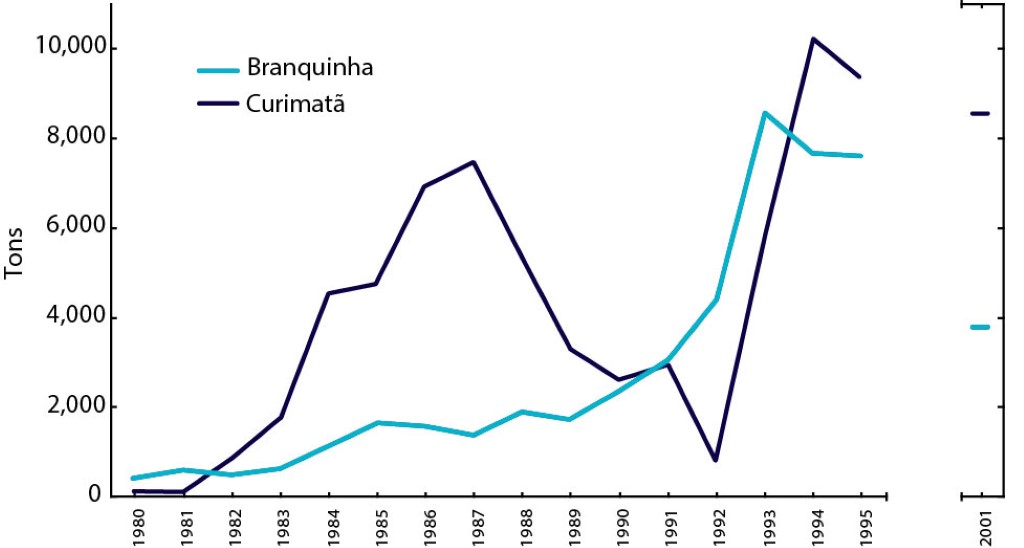
Amazonía Peruana 6
Peruvian Amazon annual catch of branquinha and curimatã.
REGION
Central Amazon
Bz-Co-Pe Border
Estuary
Lower Amazon
Peruvian Amazon
Juruá
Purus
Madeira
Upper Madeira
Tocantins
